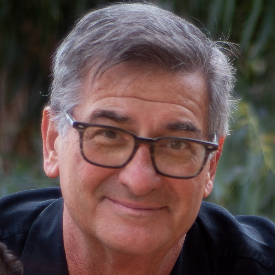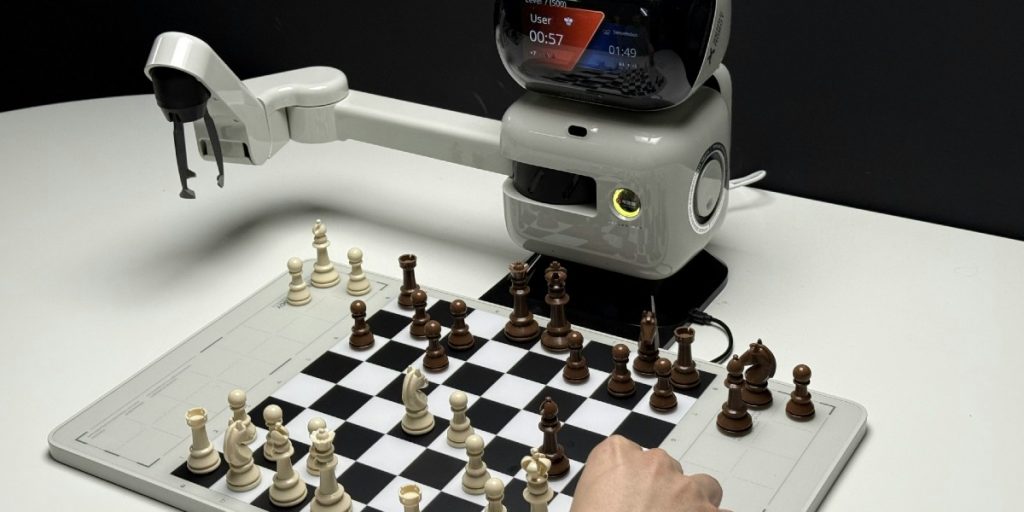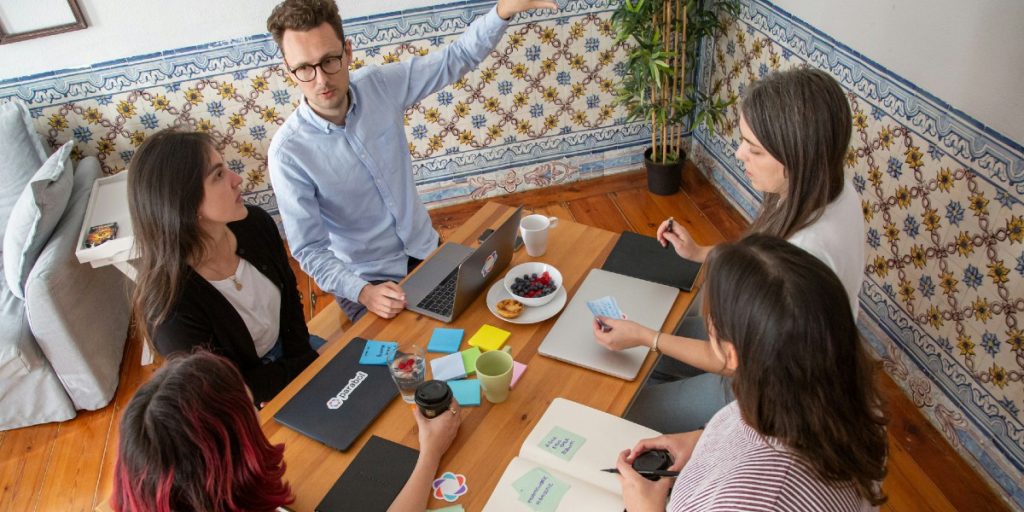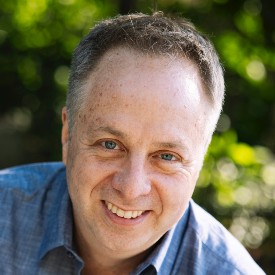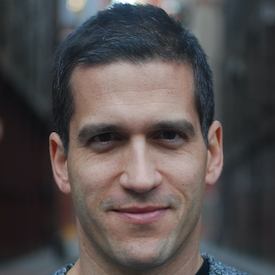Edward Humes is a Pulitzer Prize-winning journalist and author whose sixteen previous books include The Forever Witness, Mississippi Mud, Garbology, and the PEN Award-winning No Matter How Loud I Shout.
Below, Edward shares five key insights from his new book, Total Garbage: How We Can Fix Our Waste and Heal Our World. Listen to the audio version—read by Edward himself—in the Next Big Idea App.
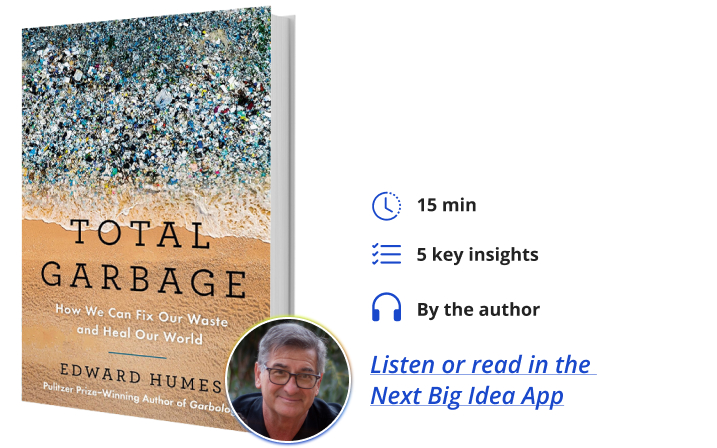
1. Our biggest environmental crises, from plastic pollution to climate change, are all symptoms of just one disease, and it’s something we actually can fix.
The planet has an arch-villain: waste. Americans live in the most wasteful civilization in history. This goes way beyond what we roll to the curb each week. It’s in what we eat and drink and how we cook. Waste is the main thing you pay for in your utility bills and at the gas pump. Waste is so deeply embedded in our economy, products, and daily lives that we see it as normal, if we see it at all.
But here’s the good news: fixing our waste doesn’t have to be about giving up stuff we love. It’s about upgrading to stuff we’re going to love more. That shift in thinking can save the planet. That’s because reframing our seemingly unsolvable, Earth-destroying crises as byproducts of waste is powerful and hopeful. Plus, there’s no partisan divide where one side says, “Yay, waste!”
In fact, there are game changers right in our neighborhoods, blue states and red, tackling waste and the environmental catastrophes it drives. More often than not, these game changers are saving and making money at it. It’s the greatest opportunity of our age, and our most important challenge because, more than what we use, it’s what we squander that’s killing us.
Don’t believe me? Consider this: we waste 40 percent of our food, and that’s not just what turns furry in the fridge. America’s chemically soaked factory farms are so wasteful they depend on massive public subsidies—even as they sell produce with 30 to 70 percent fewer vitamins and minerals than naturally grown fruit and veggies.
Our fossil fuel-burning power plants—19th-century technology even Thomas Edison disparaged, and America’s second-largest source of carbon emissions—waste 67 percent of their energy. Our gasoline cars are even worse. Gas guzzlers waste four out of every five dollars we spend at the pump, which is why transportation is America’s biggest driver of climate disruption.
Then there’s our broken recycling system and the plastic pollution that failure creates. Microplastics have become an unintended part of our diet, lurking in our food, water, and even our beer. Doctors are finding this toxic fossil fuel substance in our hearts, lungs, wombs and even newborn babies’ poop. We may be consuming up to a credit card’s worth of plastic every week.
“Gas guzzlers waste four out of every five dollars we spend at the pump, which is why transportation is America’s biggest driver of climate disruption.”
So yes, what we waste is costing us and killing us most. But those are just the stakes—and the opportunity. There are also some solutions.
Kill your lawn and plant a vegetable garden. Growing your own fruits and vegetables is one of the best choices for the planet’s health—and your family’s. The payoff: tastier, more nutritious, cheaper veggies that strip away much of the waste built into industrial agriculture. Call it the home-field advantage.
Jamiah Hargins, a former financier and now a master of urban cultivation, adds social justice and the battle against “food apartheid” in underserved neighborhoods to his reasons for growing our own food. His South Los Angeles nonprofit, CropSwapLA, builds beautiful urban microfarms in food deserts. He can turn 1,000 square feet of grass lawn into enough veggies and fruit for 25 to 40 families a week, right where it’s needed most. His lawn conversions use solar-powered water recycling to do all this with only eight percent of the water that grass consumes. He says a community fully committed to fostering these micrograms in homes and schools can help end hunger and reduce dependence on wasteful, plastic-wrapped processed food.
Meanwhile, anyone can plant their own version of this. It’s a joyous family activity that can happen in a yard, on a balcony, or in a simple tabletop greenhouse that can be surprisingly affordable for apartment-dwelling green thumbs. As Jamiah says: “Why mow your yard when you can eat your yard?”
2. Support “Polluters Pay” laws and leaders who embrace them.
Officially known as Producer Responsibility laws, these laws shift the cost of recycling (or lack thereof) from taxpayers to manufacturers who make the mess—saving taxpayers big bucks. This isn’t regulation, says environmentalist Sarah Nichols, architect of the Maine law. It’s pay-for-what-you-break capitalism—and an incentive to make less polluting and more reusable products.
This is what we had for centuries until the 1970s when big brands and plastic makers shifted from returnable and reusable glass and replaced it with the so-called “convenience” of unrecyclable plastics. The rest is plastic pollution history. Sarah’s law is simply restoring normalcy.
3. Individual choices and actions really do make a difference.
A single mom and sustainability director for a small nonprofit, Sarah Nichols sold her idea to one town council, legislator, and local business leader at a time over an eight-year period. In each town, she recruited a local person committed to the idea to help spread the word and line up other supporters—she called this army of volunteers her “Marges,” named for the first such volunteer she recruited years earlier. Long story short: Sarah and her Marges wrote, campaigned, testified at the legislature, and won.
4. Drive the real vehicle of the future.
The car of the future should be designed for how we actually use our cars. It’s undeniable that the average driver travels only 37 miles a day, not 300. Ninety-three percent of our car trips are 25 miles or less. More than half are less than three miles.
This means EV “range anxiety” is a marketing and media creation. It has stuck us with wasteful, overpriced, obese vehicles designed for long road trips we rarely make. In short, as the model for a clean transportation future, your Tesla is garbage.
The shift we need here, if we want to get lots of butts in EVs fast, is much simpler: We need to stop the failing strategy of trying to make everyone swap their gas guzzlers for costly big EVs. Instead, we should focus on the electric version of the original VW Beetle—the super cheap second car that was the bestselling car in America for nearly two decades. It was $1800 new in 1969, about $15k in today’s dollars. Would a short-range little EV sell? Well, it’s already here. And people love it.
“Instead, we should focus on the electric version of the original VW Beetle—the super cheap second car that was the bestselling car in America for nearly two decades.”
Just ask Mayor Kim Learnard of Peachtree City, GA, where 40,000 residents have happily made mini-EVs their money-saving mainstay for years, thanks to 100 miles of protected roadway and marked lanes where golf carts, eBikes and eTrikes are king. In her town, traffic jams, high insurance rates, and fatal crashes just don’t exist. Most residents still have regular cars. They just stay parked most of the time. What’s the greenest car? The one you don’t use.
“People here spend a lot less on transportation,” Mayor Learnard says.“Also the views on our pathways are beautiful, with the lakes and the woods. Cars are solitary. These golf carts are for something different: taking the kids out for pizza and ice cream on a Saturday night. For driving to school. And they are just fun to drive. They are social.”
I arrived in Peachtree thinking golf carts were a pretty poor substitute for cars. I left thinking my car was a pretty poor substitute for a golf cart.
5. A rural farm town can go green without really trying.
The farm town of the future is visible long before you reach the city limits, thanks to the pair of gleaming white wind turbines rising high above the flat, fertile terrain. Clean wind energy flows into the local grid and also powers the manufacture of climate-friendly fertilizer—a game-changing technology. Closer in, cows graze next to elevated solar panels that provide welcome shade in summer. A countywide composting operation takes care of food and agriculture waste. Electric buses provide public transit and take the school kids to school. Most public buildings have rooftop solar. Even the local liquor store—city-owned—is solar-powered. The shop motto: “We chill your beer with the sun.”
So, where is this environmental Nirvana? Denmark? Germany? Maybe some upscale California farm town? Nope. This is Morris, Minnesota, population 5,206, a conservative rural farm town that went for Trump by 22 points in 2020.
This deep dive into renewable energy and sustainability arose from the town’s partnership with the local liberal arts college campus on projects aimed at building rural self-sufficiency, saving tax dollars, and cutting waste, which are the top priorities of the local farm population. The genial and canny head of sustainability at the campus, Troy Goodnough, knew those commonsense goals would lead to choices that also happened to be good for the planet. Goodnough was just pitching a different and arguably much bigger tent to get there.
“We never made it about climate,” the city manager, Blaine Hill, says. “We just did it because it makes sense. And the more we did, the more we wanted to do.”
That partnership has flourished for years and is now known as the Morris Model, because when one conservative rural town goes there, it makes it safe for neighbors to do the same. It’s now spread to a dozen other farm towns in Minnesota, and other communities nationwide are looking for opportunities to do the same.
To listen to the audio version read by author Edward Humes, download the Next Big Idea App today:













